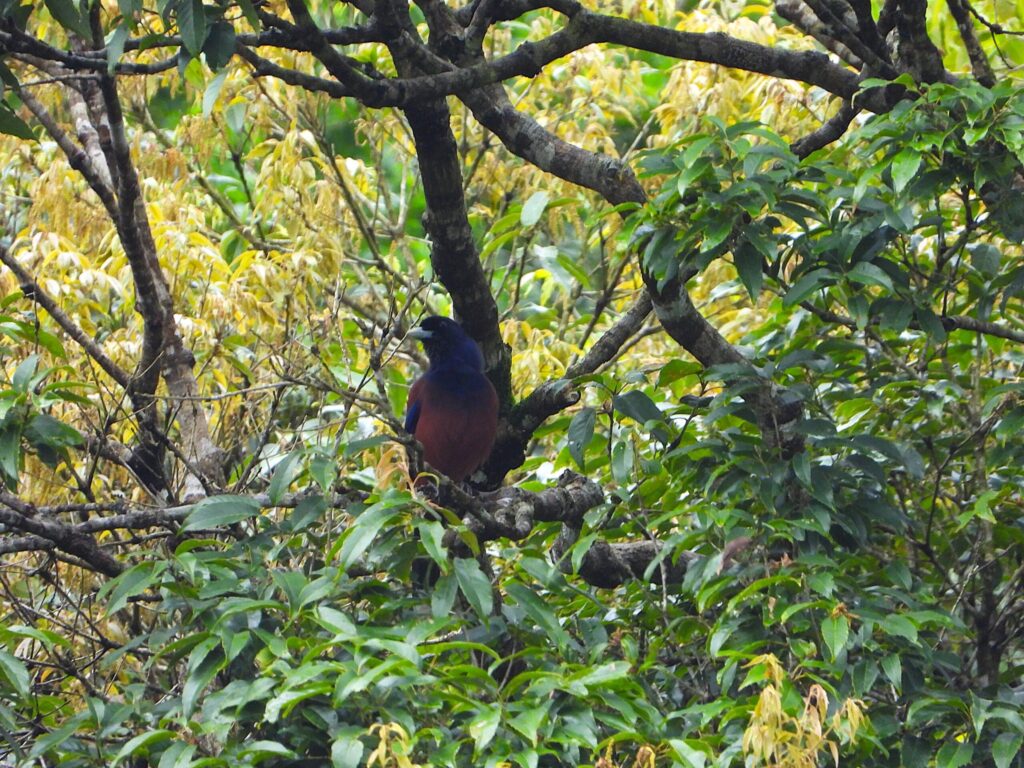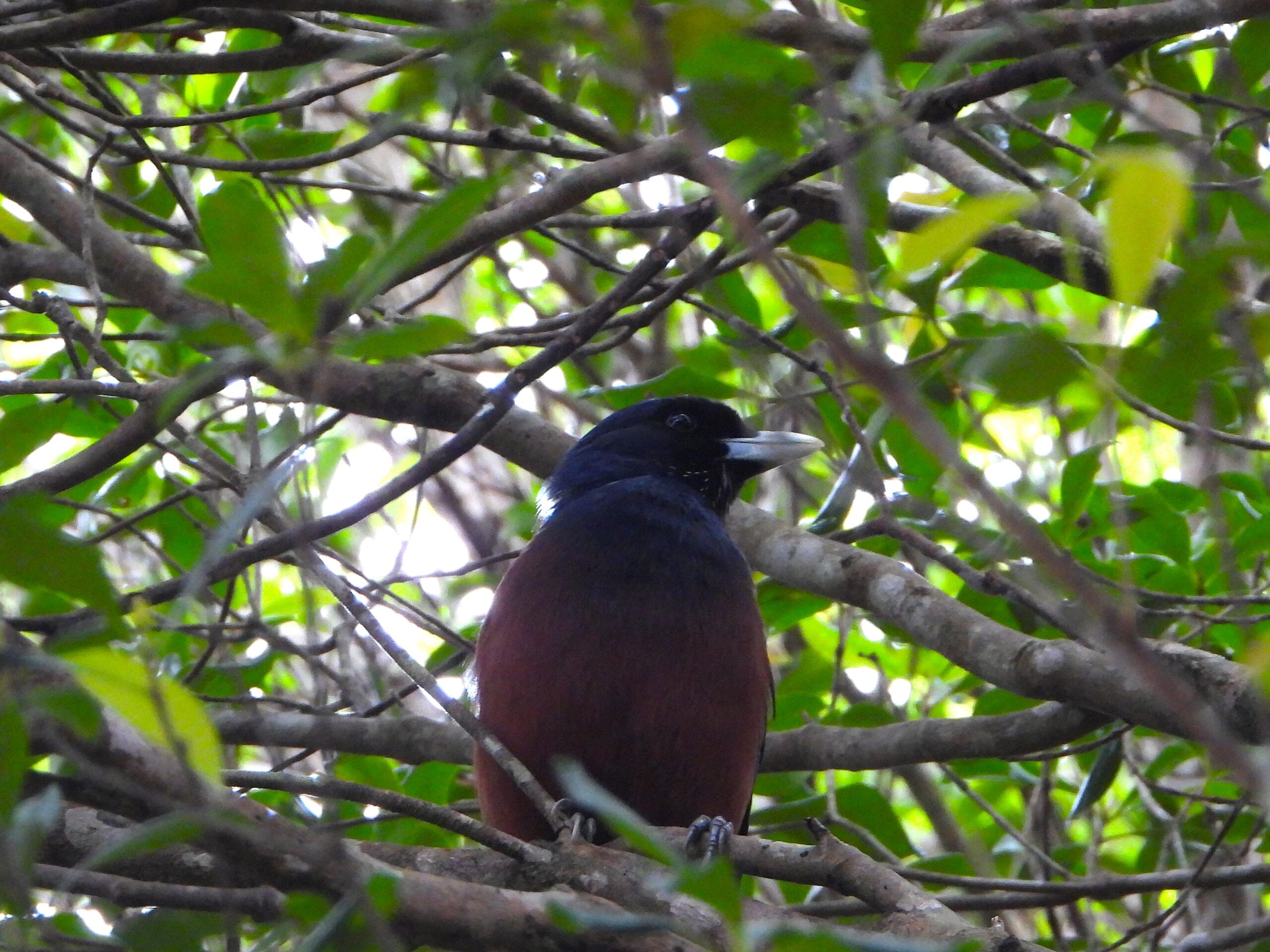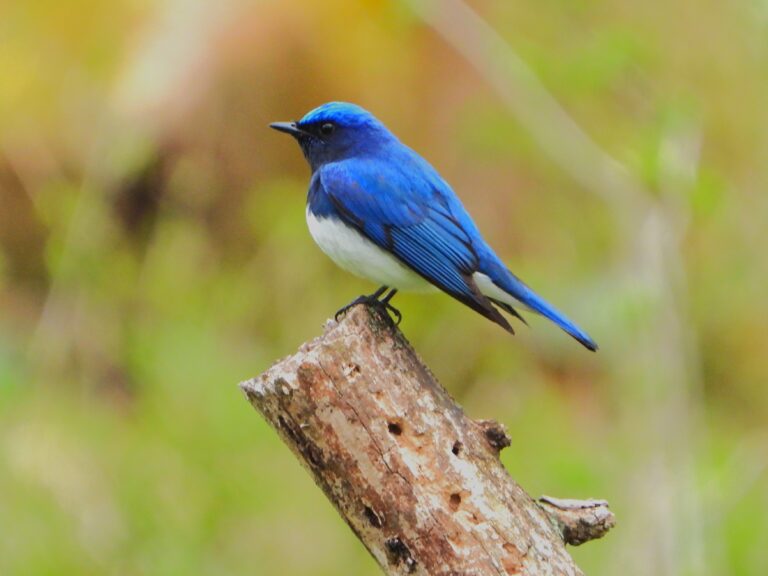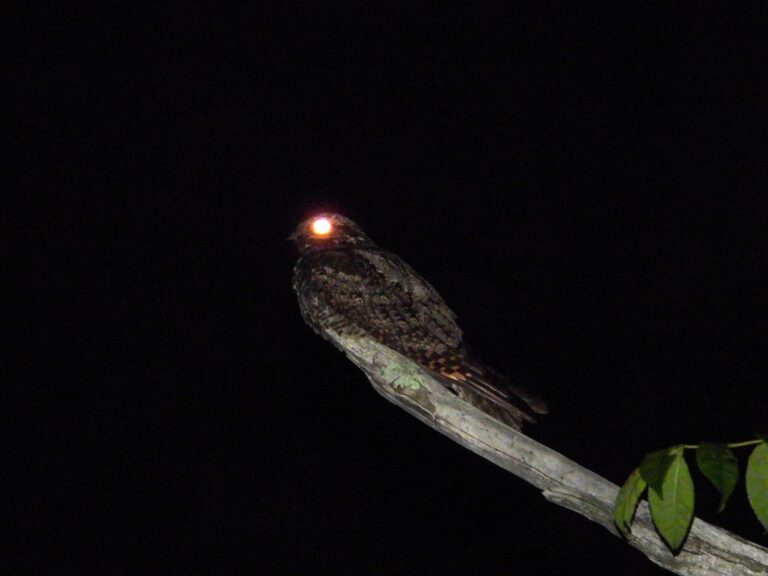Lidth’s Jay (Garrulus lidthi) – Wildlife of Japan
Introduction
The Lidth’s Jay (Garrulus lidthi), also known as the Amami Jay, is a striking corvid found only on Japan’s Amami Islands in Kagoshima Prefecture. With its deep cobalt-blue wings and chestnut body, this endemic species is one of Japan’s most beautiful and symbolic birds. Because it lives nowhere else in the world, it has become a flagship of the Ryukyu Archipelago’s biodiversity. The species is legally protected as a Natural Monument of Japan and plays a vital ecological role by dispersing acorns that help regenerate the island’s evergreen forests.
Appearance
The Lidth’s Jay measures about 38 cm in length, slightly larger and darker than the Eurasian Jay (Garrulus glandarius). Its head is covered in velvety black feathers, while the shoulders, wings, and tail shine in rich purplish-blue tones. The rest of the body is deep chestnut-brown, forming a vivid contrast with the blue tail when in flight. It lacks a crest and has a thick black bill. The elegant coloration and long tail make it one of the most photogenic birds of Japan’s subtropical forests.
Habitat & Distribution
This species is endemic to Japan, occurring naturally only on Amami Ōshima and nearby Tokunoshima in the northern Ryukyu Islands. It inhabits subtropical evergreen broad-leaf forests, secondary growth areas, and forest edges near small villages. Because its range is so restricted, the bird depends heavily on the preservation of mature forest habitat. Deforestation, agriculture, and development in the past caused significant declines, but current protection measures have stabilized populations in some regions.
Where to See in Japan
Amami Ōshima is the only reliable place to see the Lidth’s Jay in the wild. The best chances are along quiet forest roads during early morning hours, especially near fruiting or acorn-bearing trees. Its loud, harsh “graaak” call often reveals its presence before it appears. Though it occasionally visits villages or power lines, patient observation and careful listening are key. Tokunoshima also hosts a smaller population, though sightings there are less common.
Behavior
Lidth’s Jays are intelligent, alert, and somewhat cautious. They are often seen alone, in pairs, or small family groups. Like other corvids, they engage in food caching, storing acorns in the ground for later use—an activity that contributes to forest regeneration. They can carry several acorns at once in their throat pouch and beak. Their vocalizations are harsh and metallic, used for communication and territorial defense. When threatened, they may flee quickly into dense forest, but they occasionally show curiosity toward humans.
Diet
The species is omnivorous, feeding primarily on acorns and other tree nuts from Castanopsis and Quercus species. It also consumes insects, beetles, small reptiles, amphibians, and seasonal fruits or berries. In autumn, they are often seen collecting acorns, which they hide under leaf litter or soil. This behaviour not only ensures a winter food supply but also aids forest regeneration, making the Lidth’s Jay an important seed disperser in the Amami ecosystem.
Reproduction
Breeding occurs mainly from April to July, though nests have been recorded from late winter in warm years. The nest is a cup made of twigs and roots, lined with fine grasses, built high in the canopy or occasionally near buildings. The clutch usually contains 3 to 5 eggs, incubated for about 17 to 20 days. Both parents feed the chicks, and fledglings stay with the family for several weeks. Juveniles may form small flocks by early summer before dispersing.
Conservation
The Lidth’s Jay is classified as Vulnerable (VU) by the IUCN Red List and is protected under Japanese law as a Natural Monument. Major threats include:
- Habitat loss from deforestation and development
- Predation by invasive species such as the small Indian mongoose and feral cats
- Vehicle collisions and forest fragmentation
Once heavily hunted for feathers in the early 1900s, the population has since recovered thanks to conservation actions. The Amami Mongoose Eradication Project has been highly successful, removing nearly all mongooses from Amami Ōshima. Ongoing habitat restoration, legal protection, and local awareness programs continue to safeguard the species. Continued monitoring remains crucial due to its very limited range.
Author’s Impression
The Lidth’s Jay is an incredibly rare bird found only on Amami Islands. I spent a long time searching in the forests of Amami before finally encountering one. When I saw the flash of blue among the trees, it was a breathtaking moment I will never forget.
Observation tip: Walk quietly along forest roads early in the morning and listen carefully for their harsh calls echoing through the trees. Patience and a sharp ear are the keys to finding this elusive species.








